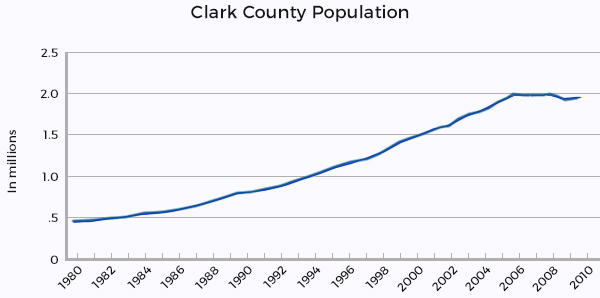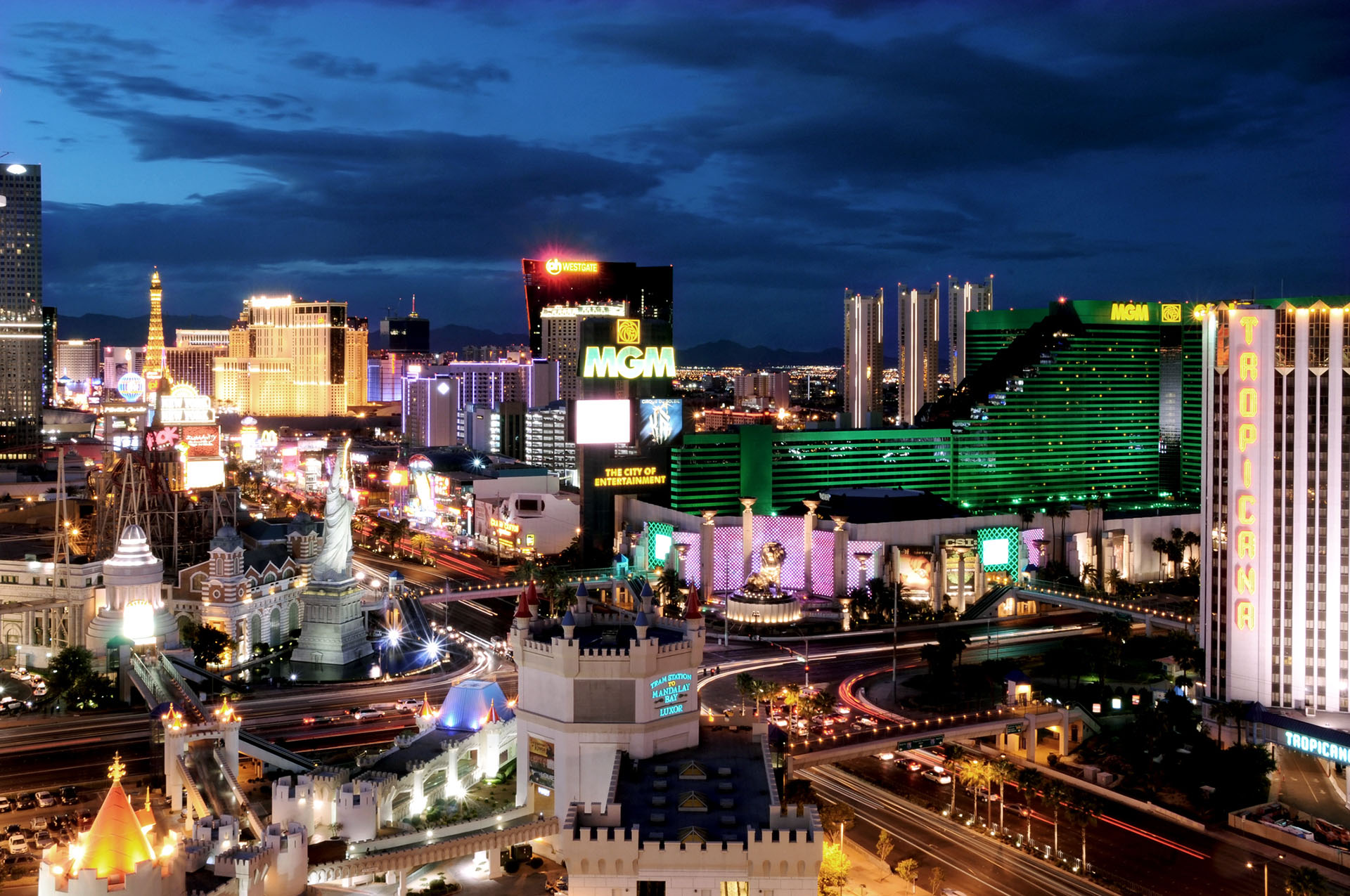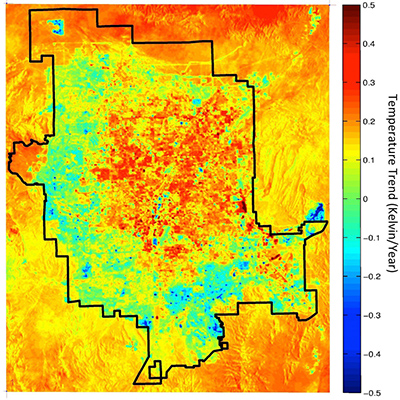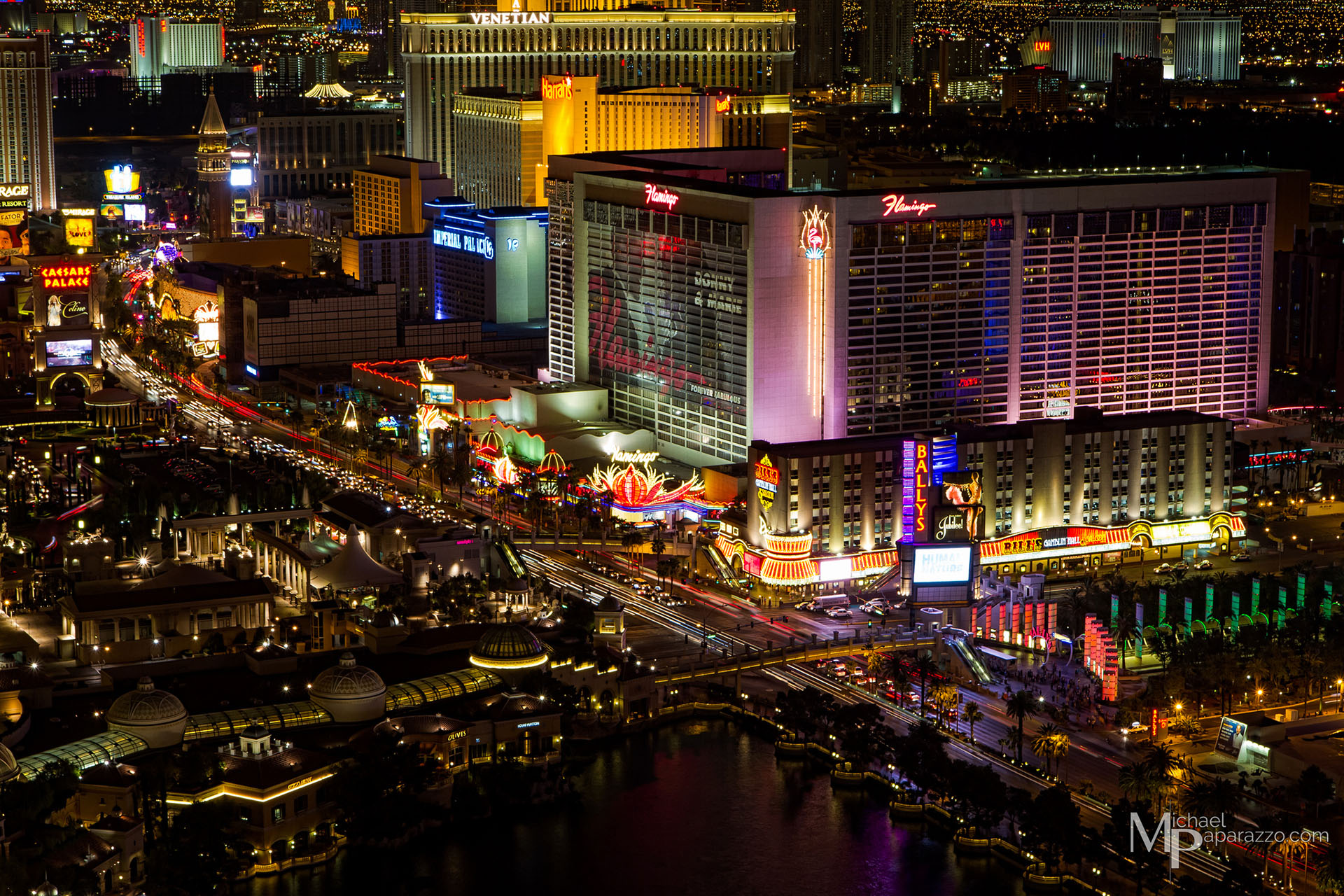What is hotter than a desert?
What is hotter than a desert? A desert paved over with cement, asphalt and buildings! That is exactly what has been occurring in Las Vegas, Nevada over the last 30 years. Since 1980 the population of the Las Vegas metropolitan area has grown by more than 1,400,000 people, not including all of the tourists who visit year round. All of these people need somewhere to live, work, and play. To accommodate this burst in population, Las Vegas has urbanized rapidly growing over 160 square kilometers (100 square miles) in the last 50 years.

At times, Las Vegas has been as much as 13.5°C (24°F) hotter than its surrounding areas. On average the city is over 4°C (7°F) warmer than the surrounding desert which qualifies it as the worst urban heat island in the United States. In addition, the average temperature of the area has risen nearly 2.5°C(4°F) since 1970. Planting trees and other vegetation would be an excellent way to combat Las Vegas's urban heat island effect. However, since Las Vegas is in the Mojave desert, it is difficult to successfully grow many types of plants. Instead, residents must find unique and creative solutions to this problem.
(© Phillip Gray/Dreamstime)


(Courtesy of Haroon Stephen, University of Nevada Las Vegas)
One of the solutions they are working on centers around using the unique properties of light and heat. Have you ever noticed that you feel hotter standing outside in the sun wearing a black shirt than when you’re wearing a white shirt? This same principle works for roofing and pavements where darker colored roofs absorb the more light and heat than lighter colored (or ‘cool’) roofs. A study by the Environmental Protection Agency and the Department of Energy found that 90% of the roofs in the United States are dark colored. The surface temperature of light colored roofs can be up to 32°C (60°F) cooler and can save the average household $750 a year. The 'cool roof' strategy is the best option for Las Vegas because it's difficult to grow vegetation there. The city has already put this plan into action by building lighter colored roofs and painting over existing roofs with lighter colors.
(© Songquan Deng/123RF)

